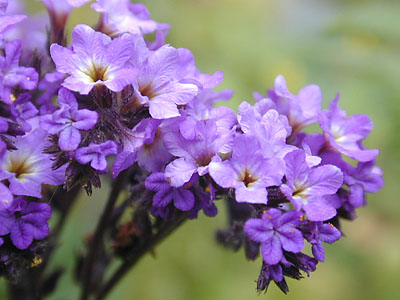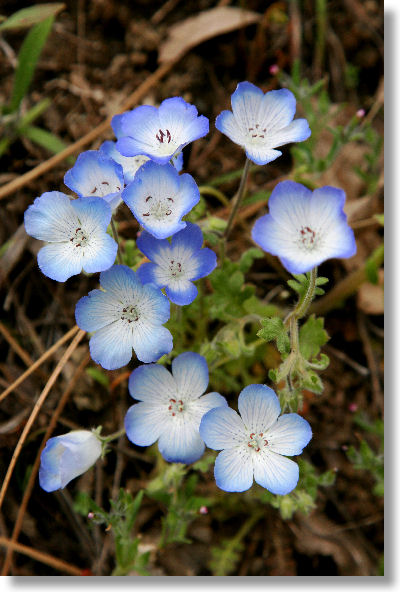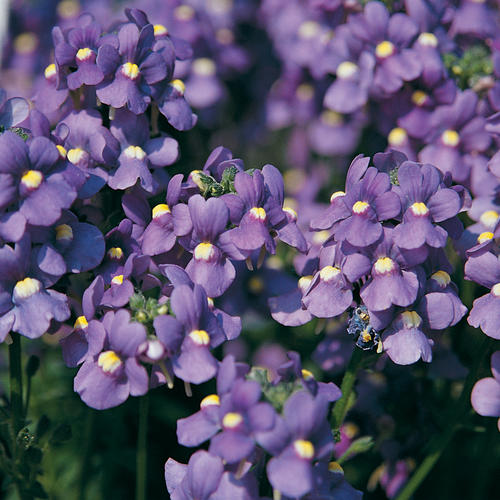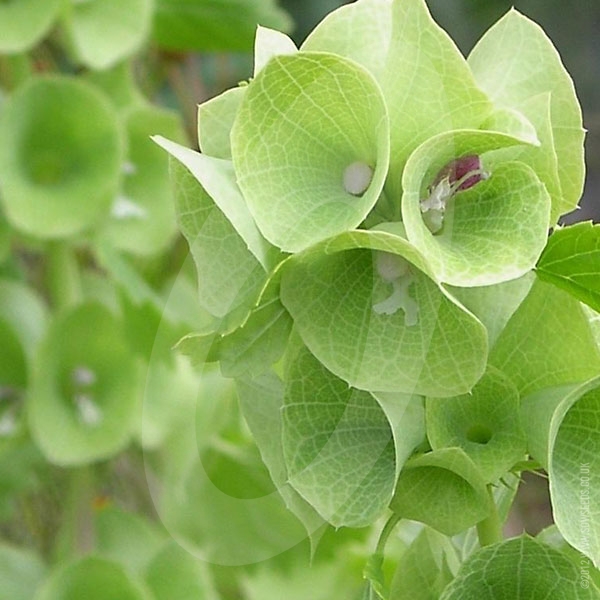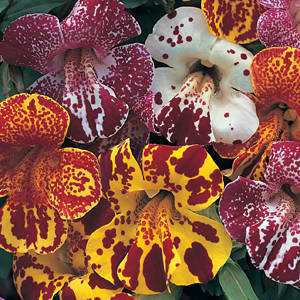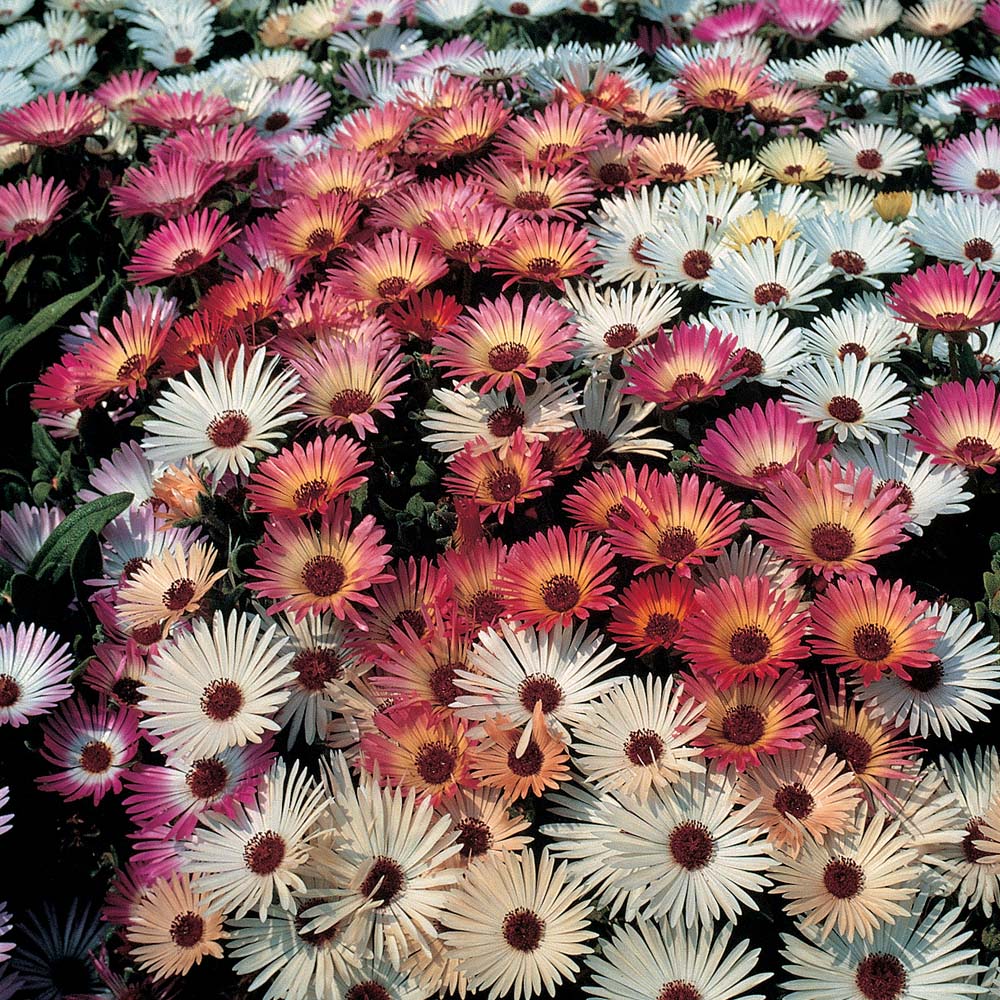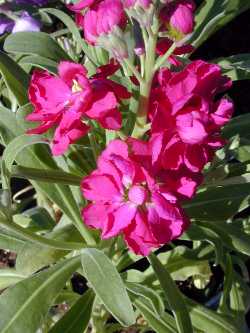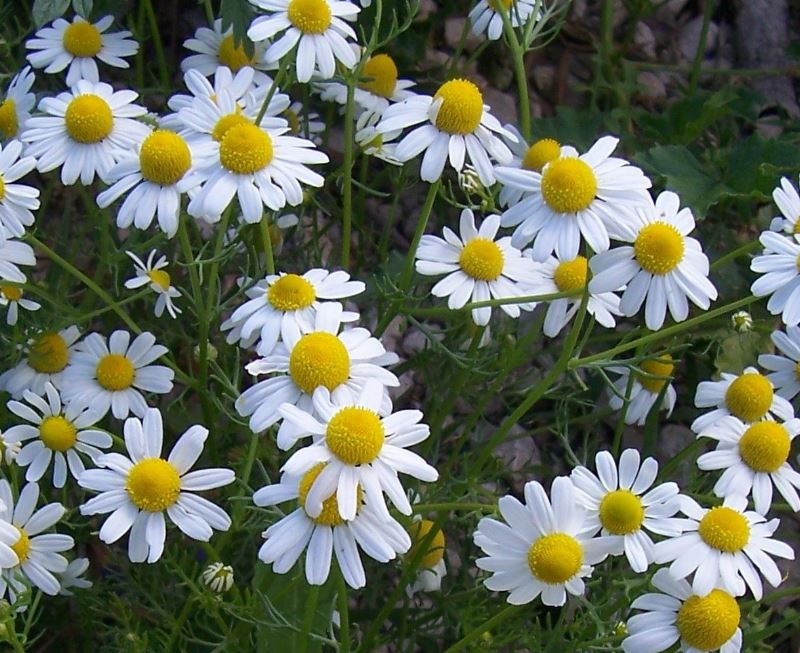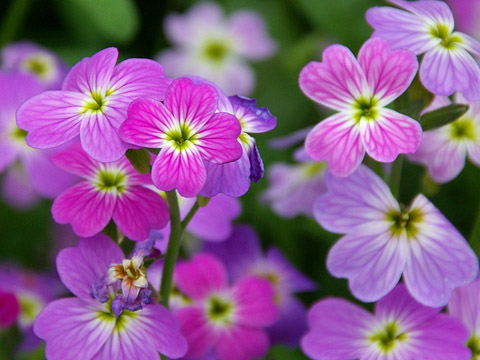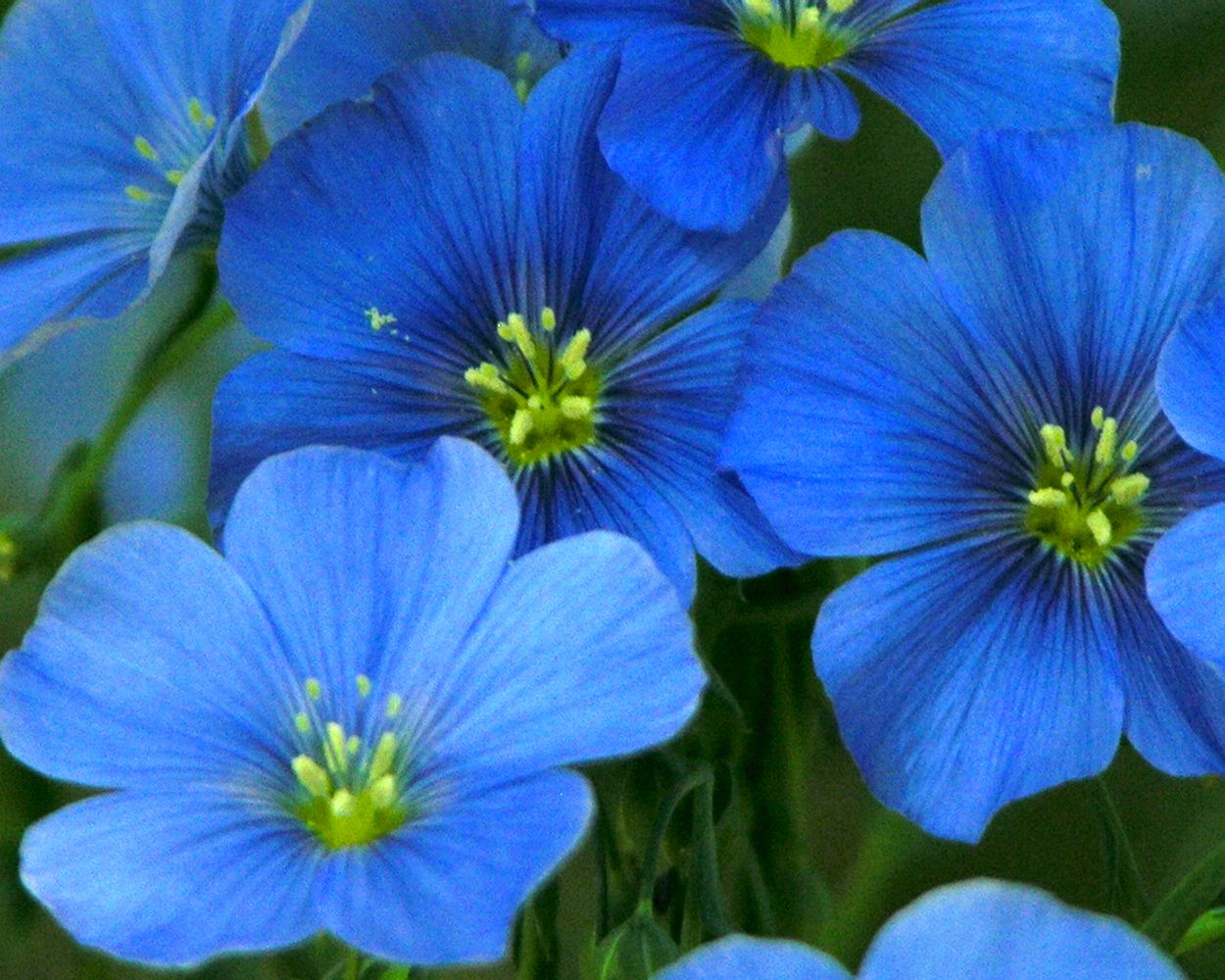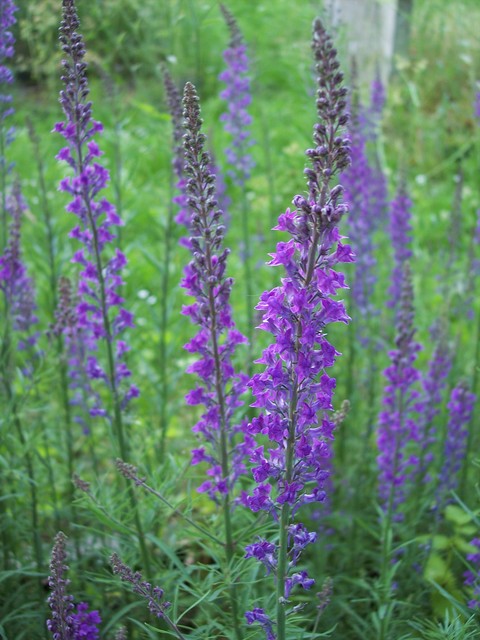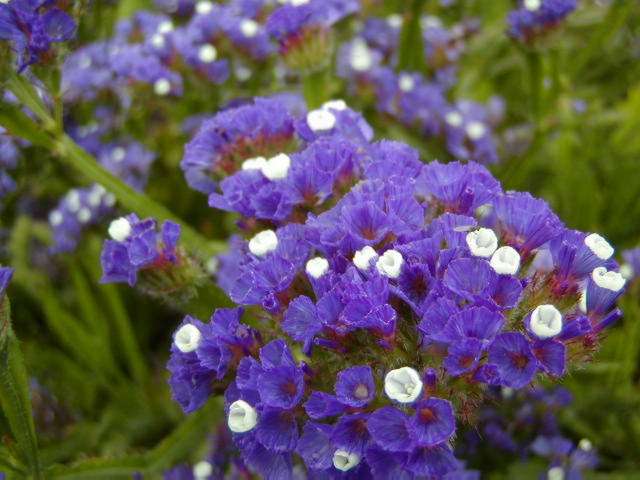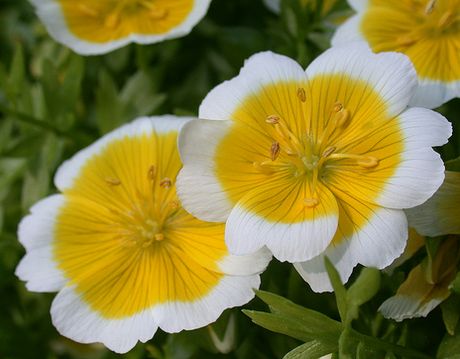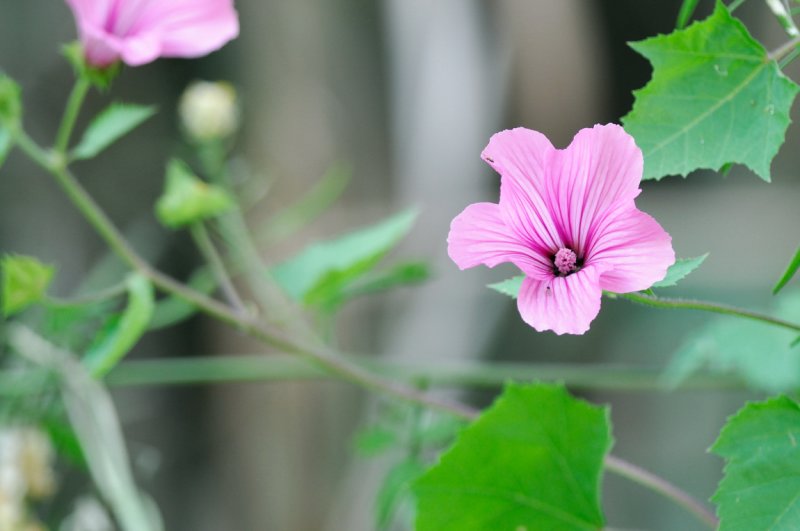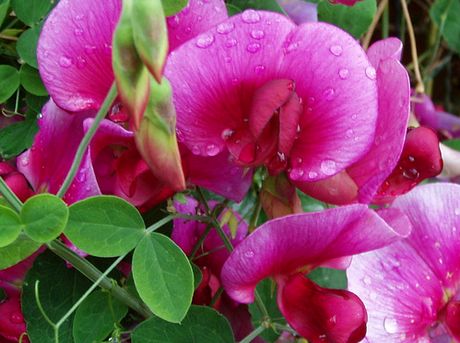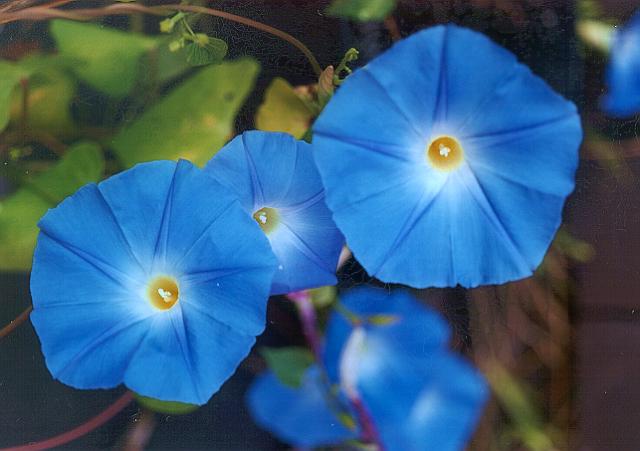Once the Heliotrope or Cherry Pie was a popular sum-mer plant, sharing a place in countless Victorian gardens alongside Fuchsias and Geraniums, but its day is now past. The problem is that each individual blooms is tiny, but the flower-heads are large and the fragrance is very strong. An excellent foil for showy yellow flowers…
Category: Flower
NEMOPHILA Baby Blue Eyes
Nemophila is a low-growing carpeting plant which will flourish at the edge of the border or in the rockery if the conditions are moist and cool. The leaves are feathery and the flowers are shaped like large buttercups. Dryness around its roots is the enemy – dig in organic matter before sowing and water…
NEMESIA Nemesis
A favourite for three reasons – it is easy to grow, flowers quickly after bedding out and bears blooms which are multcoloured. Grow it in containers and window boxes as well as in beds and borders – any sunny corner can be brightened by these foot-high plants with their clusters of funnel-shaped flowers. Pinch…
MYOSOTIS Forget-me-not
Walk along your street in springtime and you will find Tulips and Wallflowers .. and Forget-me—nots beneath them. For many of us this blue carpet or edging is indispensable in April, but you can grow a white or pink variety for a change. All of them bear dense clusters of small flowers and are…
MOLUCELLA Bells of lreland
A plant which is interesting rather than beautiful and which came to us from Syria and not lreland, despite its common name. Each flower is white and insignificant but is surrounded by a large, green and bell-like calyx. These floral bells are borne on graceful stems, somewhat colourless in the garden, perhaps, but a…
MIMULUS Monkey Flower
The Monkey Flower, so-called because of an alleged resemblance of the open bloom to the face of a grinning monkey, is a short-lived perennial which is usually grown as a half hardy annual. The plants are low growing and have a special place in the garden – they flourish in damp soil and shady…
MESEMBRYANTHEMUM Livingstone Daisy
In heavy soil, a shady site or a dull summer, Livingstone Daisy will not be worth the space it occupies. The large Daisy-like flowers of this South African plant open only when the sun is shining and when grown on a shade-free sandy bank it is a strong contender stems bear glistening succulent leaves…
MATTHIOLA Stocks
For hundreds of years Stocks have been a popular feature of beds, borders and cottage gardens. Their soft grey-green foliage and densely-clustered flowering spikes are known to everyone, and the fragrance which hangs in the air around them makes them a delight in any garden. Despite all this popularity they are quite complex –…
MATRICARIA Feverfew
Feverfew may be listed as Matricaria eximia or Chrysan-themum parthenium in the seed catalogues. The compact plant, barely 1ft high, with its mass of small, cushion-like flowers looks like a miniature Chrysanthemum. The foliage is pungent and the ¾ in. flowers are intensely double. They may be ball-like or there may be an outer…
MALOPE MALOPE
Malope is simiar to the Annual Mallow ( Lavatera trimestris ). Both form 3ft high bushes bearing trumpet-like flowers, 3 or 4 in. across, during the summer months. The Malope colour range is wider, however, and the experts say that Malope is less likely to fail. Blooms are borne abundantly and the plants do…
MALCOLMIA ( Virginia Stock )
Poor little Virginia Stock! Many of today’s gardeners ventured into horticulture with a packet of radish seed in one hand and Virginia Stock in the other, many of the textbooks don’t even bother to mention it. The cause of this contempt is the ease with which it can be grown. A thin scattering of…
LUNARIA Honesty
In late spring and early summer the small flowers appear above the toothed leaves. Purple is the usual colour, but there are varieties with rose or white flowers and the plants are pretty without being particularly noticeable. Honesty earns its place in the garden by producing flat seed pods which look like pearly discs….
LOBELLA Lobelia
Lobelia shares the top spot with Alyssum as Britain’s favourite edging plant, yet it is more demanding then many less-well-known annuals. To provide an impressive and long –lasting show of flowers it needs humus-enriched soil, occasional feeding and a thorough soaking when the weather is dry. To induce bushiness pinch out the tops when…
LINUM Flax
Linum looks gaunt and spindly as a single plant, but a large group provides an impressive sight in summer. The 2 in. flowers are borne in clusters, fluttering in the breeze above the narrow leaves. Provided there is adequate sunshine each plant will bear a remarkable number of flowers throughout the summer, but they…
LINARIA (Toadflax)
The way to grow Toadflax is to sow it in small groups in autumn or spring at the front of the border or in the rockery. it is a good plant for children – if the seeds are sown very sparsely then no thinning is required and the compact, bushy plants bear small…
LIMONIUM (Statice)
The latin name is Limonium, but to the gardener it is Statice or Sea Lavender. The popular species ( L. sinuatum or Statice sinuate ) belongs to the ‘ everlasting ‘ group and is widely grown for indoor decoration. To dry Statice, cut iust before the flowers are fully open and tie the stems…
LIMNANTHES ( Poached Egg Flower )
There are serval reasons for choosing limnanthes as an edging plant for the front of the border. It is unusual – a welcome change from the universally-popular Alyssum and Lobeia. It is also very colourful with its two-toned flowers and it is highly attractive to bees. The ferny foliage is pale green…
LAVATERA ( Annual Mallow )
If you are looking for a bushy plant to provide a temporary hedge or a back-of-the-border specimen covered in bloom during the summer months, the Annual Mallow is a satisfactory answer. The trumpet-shaped flowers are 3 or 4 in. across, large enough to catch attention in the garden and long- lasting enough to…
LATHYRUS (Sweet Pea)
The original Sweet Pea ( L . odoratus ) came to Britain from Sicily in 1699, but it was not until the Victorian era that the tall garden varieties in a multitude of colours appeared. The range of colours and heights has continued to increase, but some of the old-fashioned fragrance has been…
IPOMOEA (Morning Glory)
Ipomoea is one of our loveliest garden climbers. The wiry stems twine around upright supports – the heart-shaped leaves and large trumpet-like flowers are often seen adorning trellises and pergolas in summer. But the foliage is not plentiful and so Morning Glory dose not make an effective screen for hiding an unsightly view. The…

